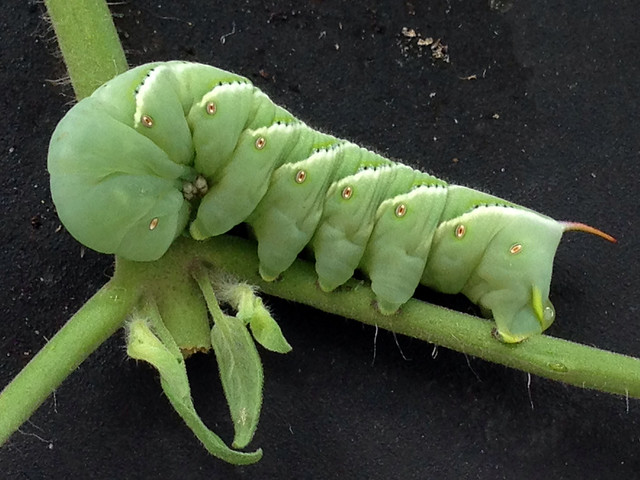Be specific.
Perhaps the foremost is be specific. Don’t say “a tree,” say, “a willow oak.” Instead of “a riot of colorful blooms” say, “a riot of colorful roses.” The more specific the noun, the more vivid the image in the readers’ minds. And in being specific about flora and fauna, it helps greatly if you know what you’re talking about!
Be curious.
Also, be curious. If you don’t stop with, “Wow! Gorgeous butterfly,” you could quickly learn that these are Tiger Swallowtail Butterflies, and that they are the official state insect of Virginia. Helpful into? Who knows?
As implied in the above statement, getting into nature means getting into learning. My most recent case is the hummingbird moth.

Hummingbird moths are so named because they look and move like hummingbirds. They can remain suspended in front of a flower while they unfurl their long tongues (about twice the length of the moth’s body) to sip nectar. Some claim the beating of their wings hum like hummingbirds. Much as it might look and sound like a tiny bird, it’s an insect.
Deborah Tukua posted fascinating facts about hummingbird moths in Home and Garden. Hummingbird moth is the common name for several moth species, including Common Clearwing, Snowberry Clearwing, Five-Spotted Hawkmoth, and White-Lined Sphinx. (Some species of Hummingbird Moths are limited to Europe, Asia, or Africa.)

Learning About Hummingbird Moths
- The hornworm caterpillar gives rise to the hummingbird moth.
- A type of hummingbird moth was featured in The Silence of the Lambs (1991). During filming, “They were flown first class… and had special living quarters.”
- The hummingbird moth’s wings beat up to 70 beats per second (depending on species). They can fly up to 12 mph.
- Hummingbirds have beaks. A Hummingbird Moth has a tongue-like proboscis that rolls out of its coiled tube to reach nectar deep inside flowers.
- Its inherent protections include big, menacing eyes and it’s resemblance to a bird instead of a bug.
- They range in length from 2 to 2.5 inches (noticeably shorter than a hummingbird) and are covered in gray hair resembling feathers, with white, olive, rust or brown markings or variations.
- Their wingspan ranges from 2 to 6 inches, depending on the species.
- They typically feed on flower nectar in daytime, but can feed at dusk on night-blooming flowers.

Hummingbird moths are plump and spindle-shaped, and they have a a short tail that spreads like a fan. As noted above, color variations are typical, but usually include reddish brown. Their wings are covered in scales which may be lost, leaving their wings clear.
They feed on the nectar of several flowers. In my case, they feed on butterfly bush and verbena. Adults start flying in early spring but are more prominent in summer and early fall. In the north, there is only one generation per year. In the south, usually two at least. They tend to visit the same flowers the same time each day. And because of their reproductive habits (that I won’t get into here), if you have them one year, you are likely to have them again.
So, now you know a bit about a gorgeous insect that lots of people don’t know exists.
Bottom line for writers
Be specific, be curious, keep learning. And I might add, read broadly—beyond the relatively narrow range of your particular interest or genre.
So, I am taking another Nature Writing class this fall. Last spring I became aware of my previous tendency to treat nature vaguely: hot, dreary, enjoying early spring blooms, lots of birds at the feeder. My appreciation of nature is now richer and more precise.
And I’m hoping for more hummingbird moths next year!




